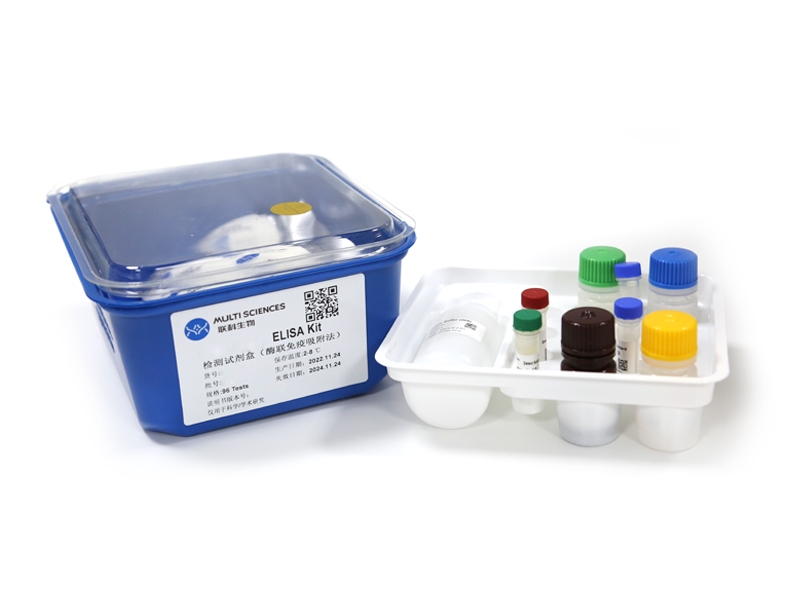BACKGROUND AND OBJECTIVE: Osteoporosis is a major co-morbidity of COPD, but the mechanistic links between diseases of the lung and the bone remain elusive. Human neutrophils express the osteoclast activation factor RANKL (receptor activator of NF-kB ligand) and act directly on osteoclasts to promote bone loss. Given that neutrophils are key effector cells in the pathogenesis of COPD, these same cells, by expressing RANKL, may be involved in osteoporosis of COPD. METHODS: We enrolled 59 male patients with COPD, 32 smokers with normal lung function and 25 healthy non-smokers of the same gender as controls. The expression of RANKL on peripheral neutrophils was detected by flow cytometry. The plasma concentrations of pro-inflammatory cytokines were measured by ELISA. We analysed the association of RANKL (+) neutrophils with bone mineral density (BMD), lung function and the levels of cytokines. RESULTS: RANKL (+) neutrophils in the blood of COPD patients were increased as compared to smokers and healthy controls, and the percentage of RANKL (+) neutrophils was higher in patients with low BMD as compared to those with normal BMD. The percentage of RANKL (+) neutrophils showed negative correlations with BMD and forced expiratory volume in 1?s (FEV1) % predicted. Further analysis showed that activated neutrophils were increased and expressed a higher level of RANKL in COPD patients. Plasma levels of IL-1β, IL-6 and IL-8 were increased in COPD patients and correlated with RANKL expression by neutrophils. CONCLUSION: Our results show that RANKL-expressing neutrophils are increased in male patients with COPD and associated with BMD and lung function, suggesting that these cells may play a role in osteoclastogenesis in COPD.
文章引用产品
-
-
- EK101B
- ELISA试剂盒
Human IL-1β ELISA Kit检测试剂盒(酶联免疫吸附法)
-
¥1,600.00 – ¥10,800.00
-
- EK101B
- ELISA试剂盒
Human IL-1β ELISA Kit检测试剂盒(酶联免疫吸附法)
- ¥1,600.00 – ¥10,800.00



